June 2019 – December 2019
- New Skills Learned:
- Resin 3D Printing
- Professional Model Painting and Finishing
- Design for Photo-Etch
- Model Photography and Documentation
- Skills Reinforced:
- Parametric CAD
- FDM 3D Printing
- Advanced Model Building
- Mechanical Design
- Soldering
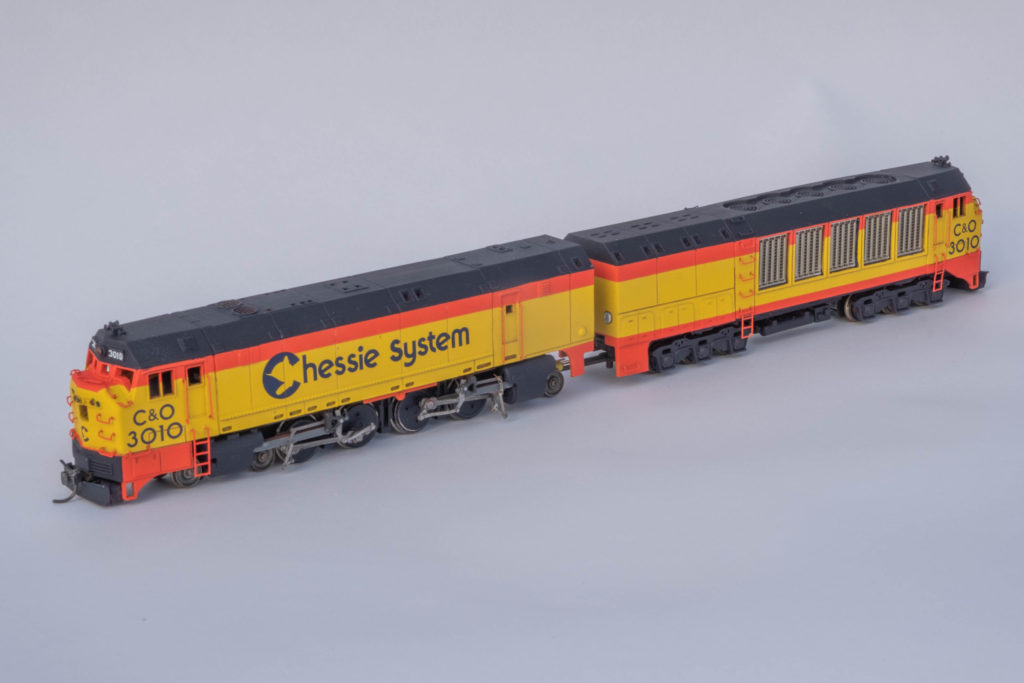
This is probably the most complex scale model I’ve built to date. While the real locomotive was never built, I based the model off of detailed patent drawings. The design came from Ross Rowland, a prominent steam locomotive preservationist who believed steam locomotives had yet to reach their full potential when they were phased out in favor of diesels in the US in the 1950s. The design came in the wake of the 1970s fuel crisis, and Rowland didn’t want the railroad industry to be reliant or foreign oil. Despite the obvious environmental concerns the design presents today, the locomotive came remarkably close to being built, with detailed plans being developed with boiler companies and partner railroads. If Rowland was able to separate his passions from his engineering, he may have realized that the more practical solution to his problem was to power electric trains with coal-fired powerplants.
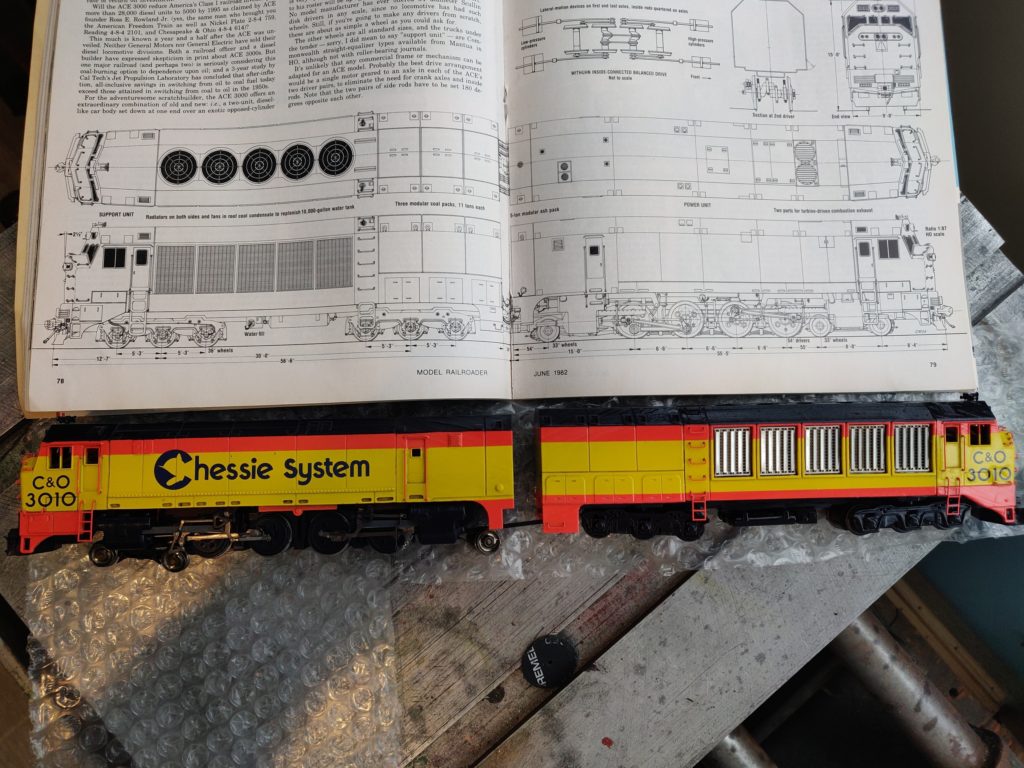
The model presented a formidable challenge, as no locomotives share its wheel arrangement. As a result, I had to cut and splice multiple locomotive models together and couple their drivetrains. The model was also my first foray into resin 3D printing, as I had recently bought a Peopoly Moai 3D printer kit. The printer was plagued with issues, and it took many attempts before I was able to print a good looking shell for the locomotive. To combat warping, I printed each body shell in multiple pieces and sanded each part square.
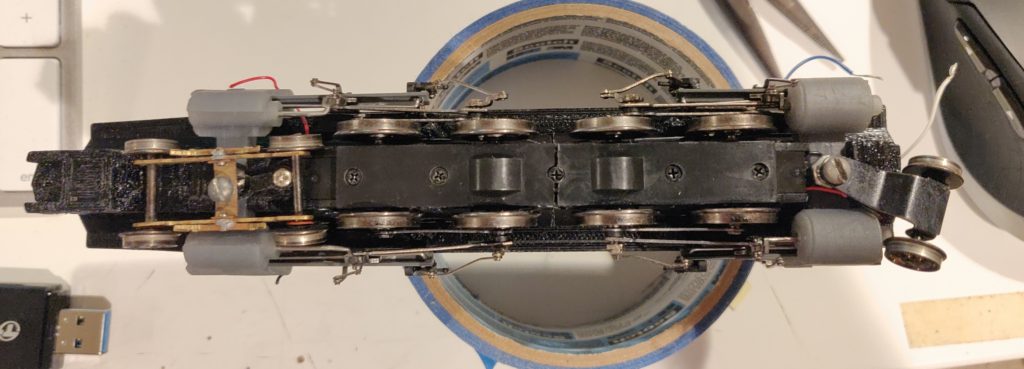
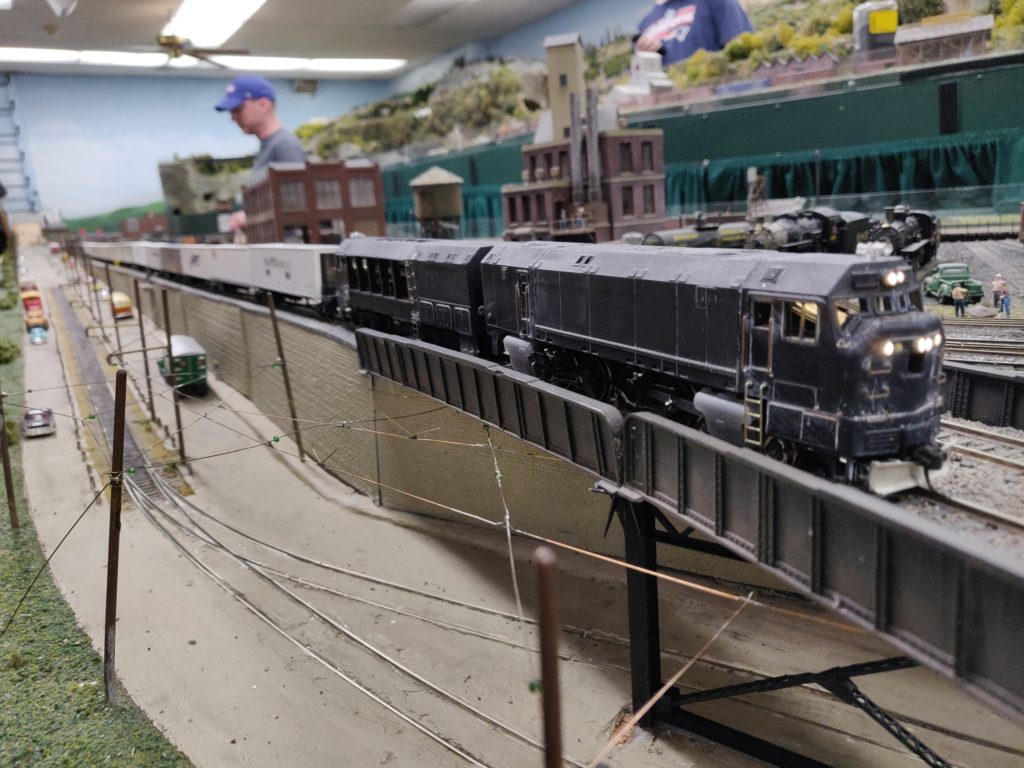
To finish the model, I used Tamiya spray cans along with waterslide decals. The finish turned out great, which I primarily attribute to patience and discipline. Surface preparation is a key factor to any paint job, and I didn’t want to ruin my work by rushing.
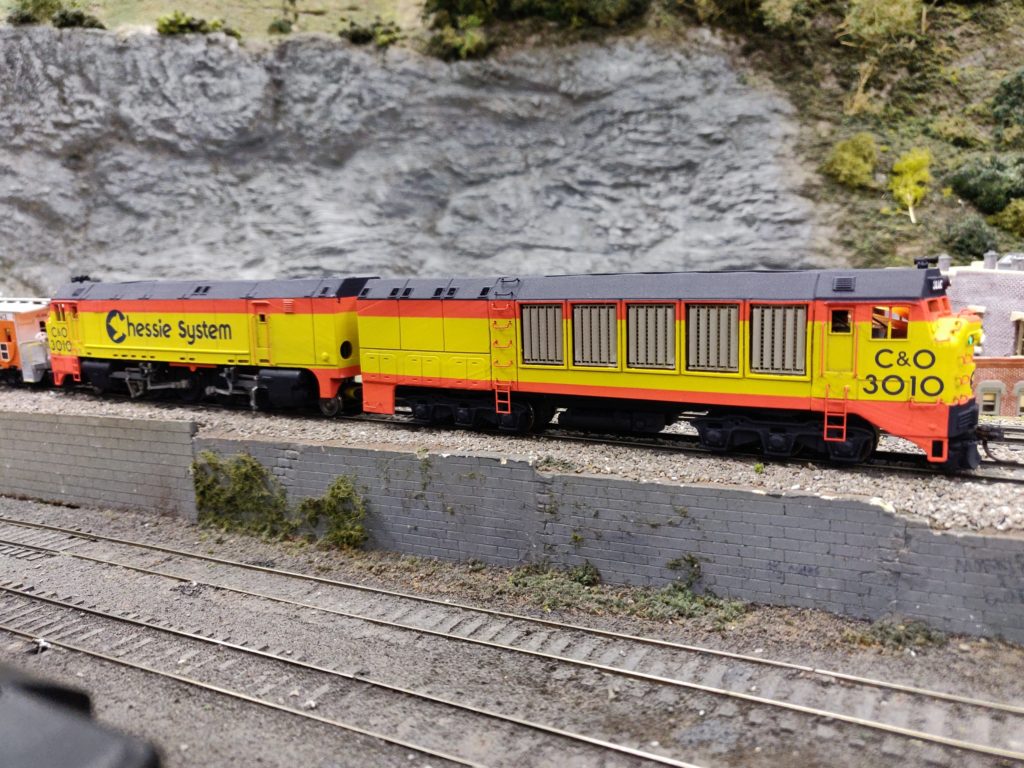
The model won an award at a National Model Railroad Association (NMRA) convention in December 2021. It was my first time entering a modelbuilding competition, and I was curious about how the judges would react to a model that was largely 3D printed in a field dominated by traditional kitbashing and modelbuilding. My success in the competition demonstrates that old-school model railroaders are open to new technologies, which I think is a good sign for the hobby in the coming years.
While I currently don’t currently sell this model, It was created largely as a showpiece and tech demo for my model railroad 3D printing business, First Person Scale Models. If you’re interested in more details about this model or model railroading in general, check it out!